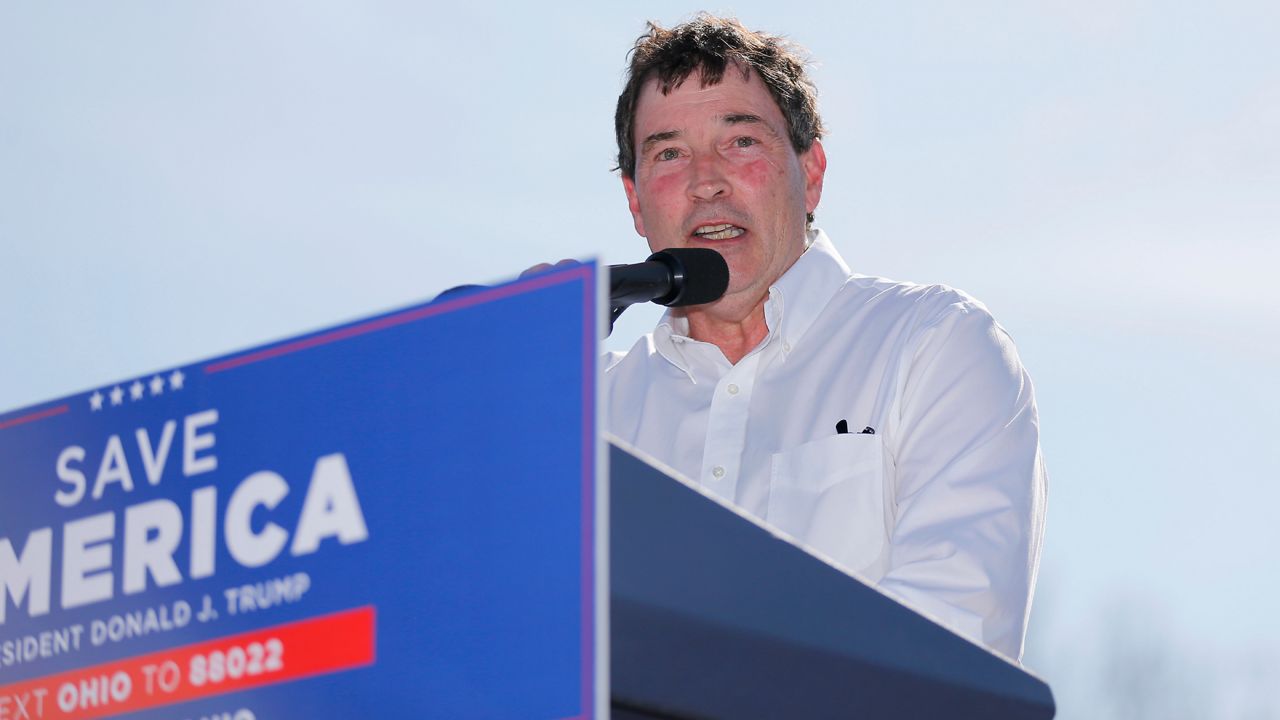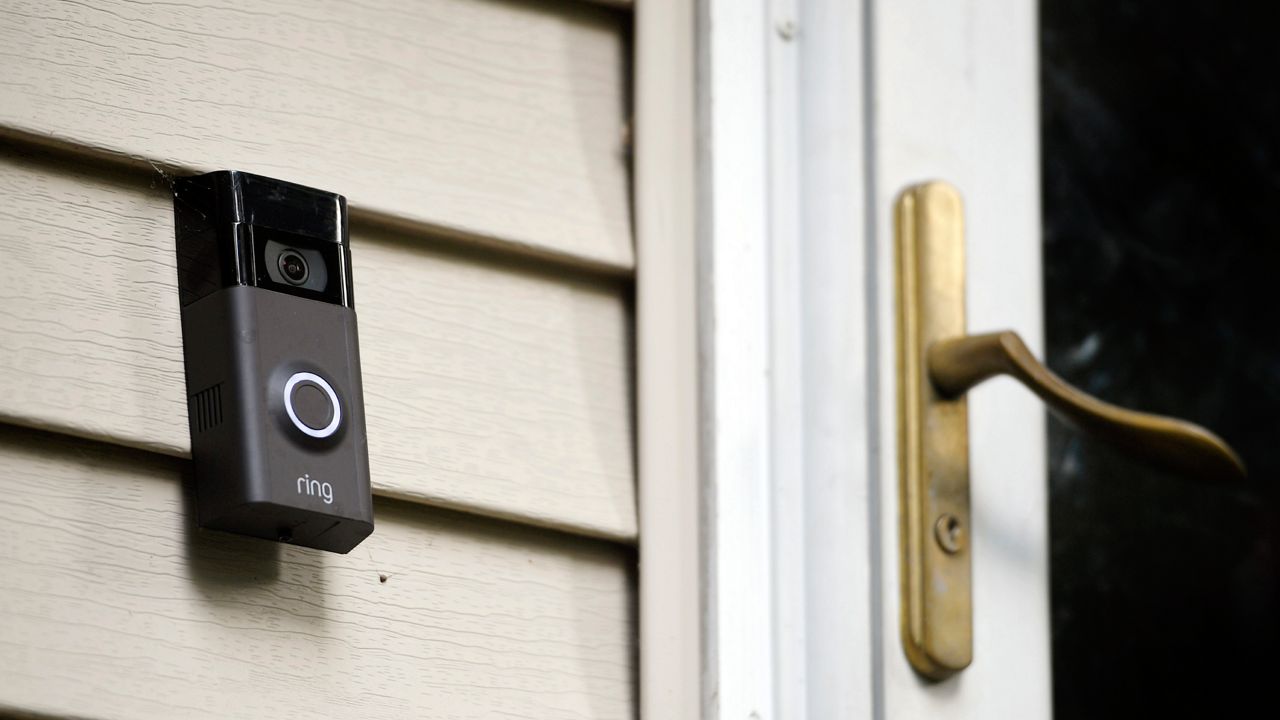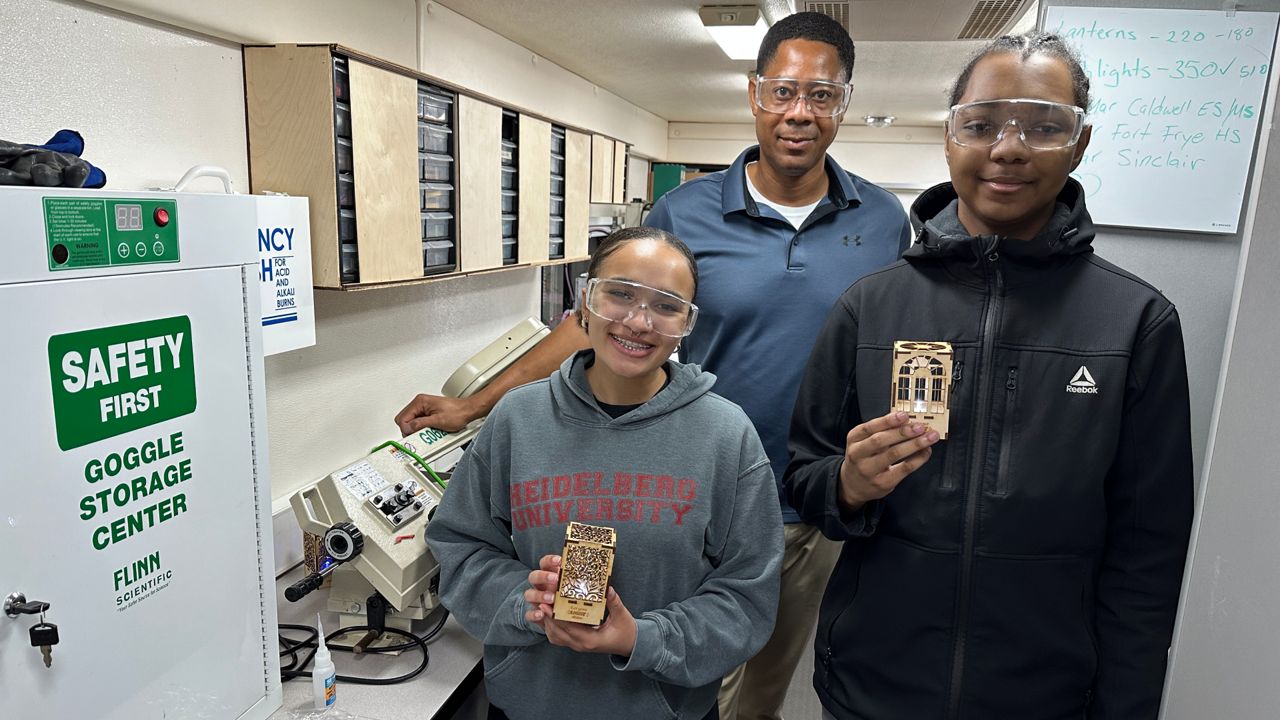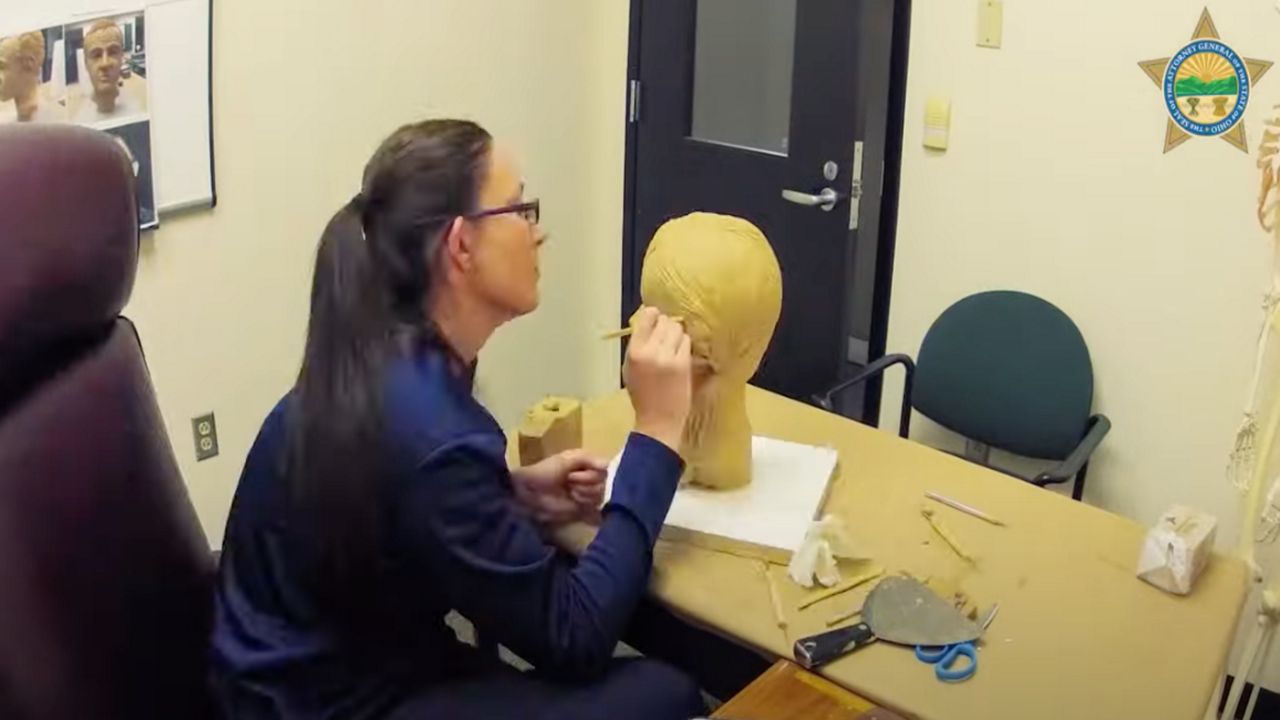AKRON, Ohio — After a first look at the body camera footage of Akron police shooting a teenager on Thanksgiving night, Tim Dimoff, who used to be a detective for Akron police, shares his insight about the case.
Akron police released the video Thursday from the night an officer shot and killed 15-year-old Jazmir Tucker. The video shows the response from three different angles, and it also shows officers removing a gun from the teen’s pocket.
Dimoff said there are three things that stood out for him: the officer’s gun who shot the teen was blocking the visual, so what other officers saw is going to be extremely important, and it took about five to six minutes before they approached to administer first aid.
The shots in this case were silent because the audio wasn’t activated fast enough. Dimoff, who is a national law enforcement police procedures and court expert, explained the camera’s normal procedure.
“It varies a little bit, but usually when an officer gets a high priority call, many times they’ll turn the camera on in the cruiser and you’ll be hearing and seeing them approaching the scene,” Dimoff said. “They’ll leave the body cam on throughout the ordeal until everything is under control. So, that’s usually the normal procedure."
In this case the officer’s body camera activates, but there’s a short delay before audio kicks in.
“The officer activates it but there is a short delay time before the audio kicks in on the body cams and, depending on which body cam they have, that I call it, delay audio, can vary a little bit,” Dimoff said. “But when it’s turned on, it automatically starts to grab footage, and then takes a little time for the audio to get enacted along with the visual and because of that delay. The visual is much more important say than the audio. It’s ideal to have both and eventually within 30 to a minute you usually get both. The visual is important, but the gun blocked the visual of the subject.”
Dimoff explained when an officer can use force, or deadly force. While every state may have its own variation, he said it’s overall similar across the nation.
“Use of force and the use of deadly force, basically in all states, it varies a little,” Dimoff said. “But the main focus of use of force by a police officer is that officer has to feel that serious physical harm is potentially going to happen, or could happen, to him or to others in that vicinity of the subject.”
Each circumstance is different and, in many cases, an officer may give a command, Dimoff said, but there are also some exceptions.
“Many times those commands are very quick and close to when the shooting starts,” Dimoff said. “And then, in some instances, commands are given several times before an officer utilizes deadly force…here are instances where there’s no time to give a verbal because you come around a corner or all of a sudden someone pulls a gun out.”
After the shooting, the body camera showed officers finding a gun in the teen's jacket pocket.
“They have shell casings. They’ll probably match them or not match them up to the gun found in his zipped up pocket,” Dimoff said. “It’ll be interesting to know what they saw as they were approaching and also then what did the officer who fired the gun see? Maybe he saw someone at a distance raising an arm or it appeared he had a gun in his hand.”
Dimoff said the department needs to give authorization to an officer to modify or customize a gun.
“Now there may be exceptions to doing some minor adjustments,” Dimoff said, “such as putting a rubber grip on it or something, but modifying the mechanics of the rifle, the gun, any type of weapon, would have to be authorized.”
Dimoff explained why officers may often use a rifle instead of a handgun.
“When they know or see that a subject is in the distance, many times an officer will grab the rifle, which is a lot more accurate to shoot at a distance versus a handgun,” Dimoff said.
This case is still under investigation.








)



